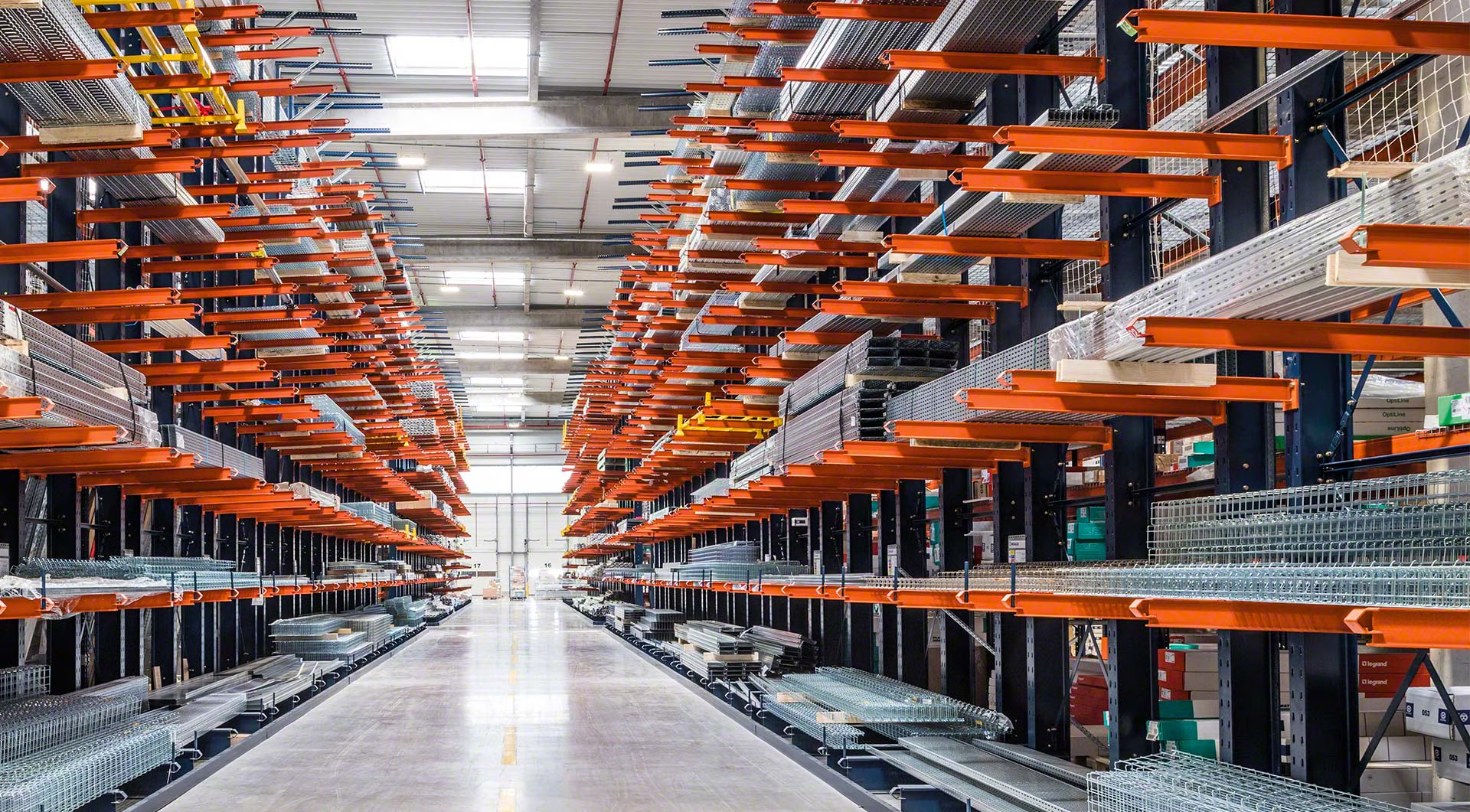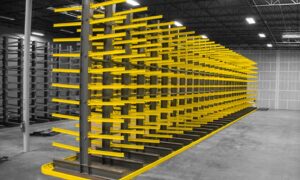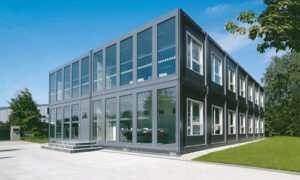The long, oversized or irregularly shaped products are logistically challenging in most of the industries. Pallet rack frames and traditional shelving do not have means of holding the kind of materials such as timber, metal bars, pipes, or furniture. That is where cantilever racking comes into play. Designed especially for such purposes, this storage system would increase the accessibility, space maximisation and better safety in warehouses and storage facilities.
How Cantilever Racking is Done
The Cantilever racking works on a non-complicated and efficient design. It is made up of vertical steel pillars and horizontal arm-like structures standing out creating shelves that have no obstacles at the front. These are bolted or welded inside the uprights and in certain cases are usually adjustable to the height of stored items. Due to the fact that the front of racking is open the material can be loaded and unloaded easily by forklifts shortening the handling time and lessening chances of damage.
The Sectors which Depend on Cantilever Racking
Cantilever racking is not restricted to a certain type of operation. It is common in different industries dealing with lumber yards, steel distributing industries, furniture warehouses and hardware stores. Such companies tend to handle the materials that are either lengthy, weighty, or incapable of being stacked. Cantilever racking enables them to store such inventory in a manner that is convenient as well as space-saving.
As an illustration, suppose a timber supplier has a double-sided cantilever rack to store wood planks on one side of the central aisle and on the other side of the central aisle. Likewise, a furniture wholesaler will find it easy to market his or her sofas and tables through the system without fear of compression and breakage. This storage solution is flexible and thus it is very adaptive to the various sectors.
The advantages of Using Cantilever Racking
A cantilever racking system can make a big difference in increasing warehouse performance. Among the most important benefits, it is higher accessibility. There are no vertical beams along the front and thus the material handlers can take out items without any trouble. This does not only make the operations faster but also saves labor cost involved in handling.
The second benefit is that it allows holding materials of various categories and shapes. Adjustable arms enable users to rearrange shelving space once the inventory is shifted. In addition, this system uses the available vertical space maximally to leave the floor space free to walk or to do other uses.
Pre-Installation Design Consideration
The selection of an appropriate cantilever racking system should be well planned. The effectiveness and the safety of the installation are several factors. One of them is the load capacity. Both arms and uprights should be rated to perform the heaviest amount of stored products. Structural failure can cause the loss of inventory and even life can be caused by overloading the system.
Design is also influenced by the nature of material stored. Items that are long, such as steel rods, may necessitate longer-arm sections in order to allow improved weight distribution and flat sections such as drywall sheets may require arm stops, or arm decks to allow them to be fastened. Also, frequency of access has to be taken into consideration with regard to the configuration and layout of the system.
Key Components of Cantilever Racking
- Base: It is utilized to provide stability and support and it is bolted to the ground.
- Upright Columns: It is an upright post which supports the system by holding the arms.
- Arms: Horizontal posts that run off the uprights to hold some items stored.
- Bracing: Combines columns to hold in the horizontal direction.
- Accessories: Arm stops, safety pins and optional decking can be added.
Safety and Load Management Keys
The start of safe use of the cantilever racking is the proper loading. The weights of all the arms must be equal so that some can not bear more weight than another. Equally distribute items in every level but heavy athletic pieces should be kept nearest the bottom. Load capacity names should be conspicuously placed and followed by all the staff.
The maintenance routine must include regular inspection. In case of any piece being knocked, then it should be rectified or changed without fail to avoid accidents.It is also important to train the employees into proper loading procedures.
Popular Uses of Cantilever Racking
- Timber planks, logs and plywood lumber stores.
- Metals and steel stock: Pipes, rods, beams etc.
- Appliances and furniture, storing of large size of products, irregular shape.
- Plastic piping and tubes: these may be lengthy and weak.
- Building materials such as drywalls, rebar, insulation and loads more.
Roll-Formed Versus Structural System
Large size of products, appliances and furniture and irregular shape.The systems produced by roll forming are less heavy, easier to fix and more frequent than cold-rolled steel are manufactured. They are applicable indoors, and in moderate loads.
Then again, structural systems, as the term indicates, consist of hot-rolled steel parts and are heavy-duty storage. They are suitable in outdoor system installations and sectors which handle very heavy or long products. They are not as flexible with the advantage of providing long-lasting reactions or loads.
Conclusion
Cantilever racking has become one of the dearest and most versatile products that can be used by the business that has long, bulky or non-uniform inventory. It offers an efficient way of storing and recalling of uncertain load, steel and timber, furniture and piping materials, among others. It is possible to enhance efficiency in the warehouse, optimize the space, and workers safety with the help of proper selection of the system and its proper use.
In areas where conventional ways of storage are not working or doing so, the cantilever racking has a definite edge over it. With proper planning, periodical maintenance, and adequate training, this system is a lifetime solution to the storage requirements that are multifaceted.































